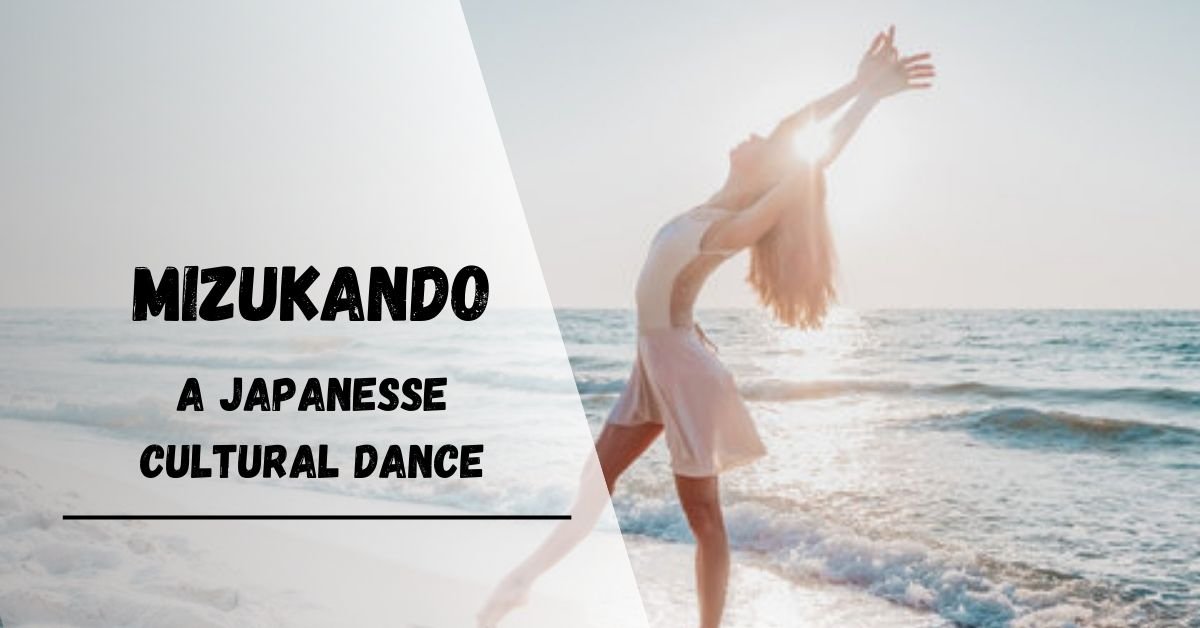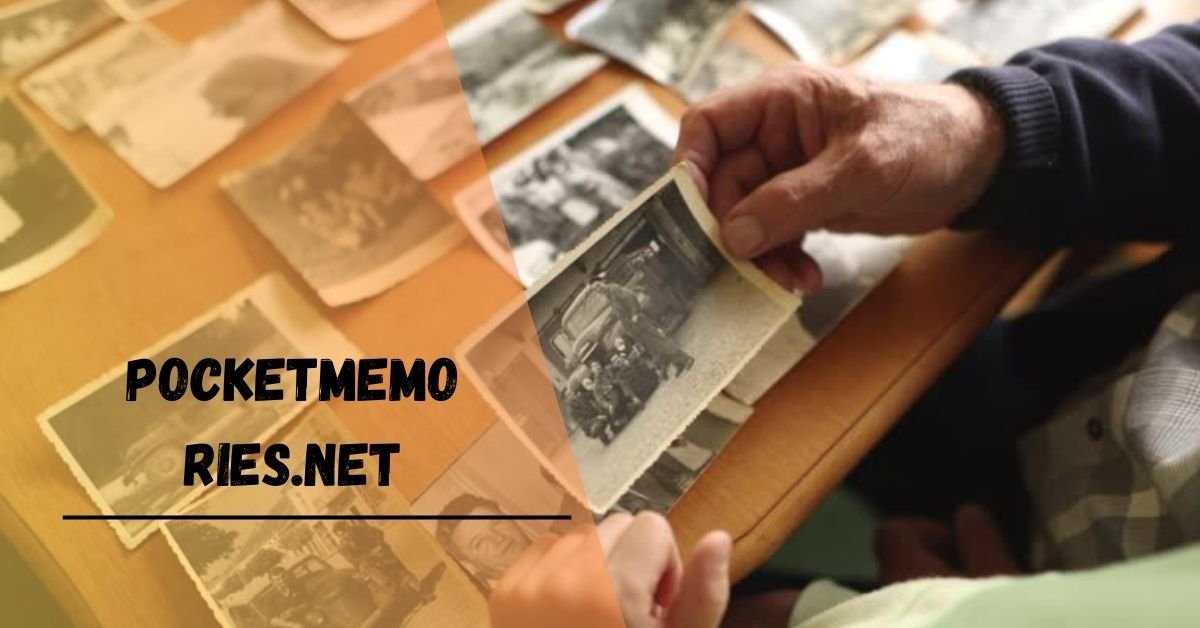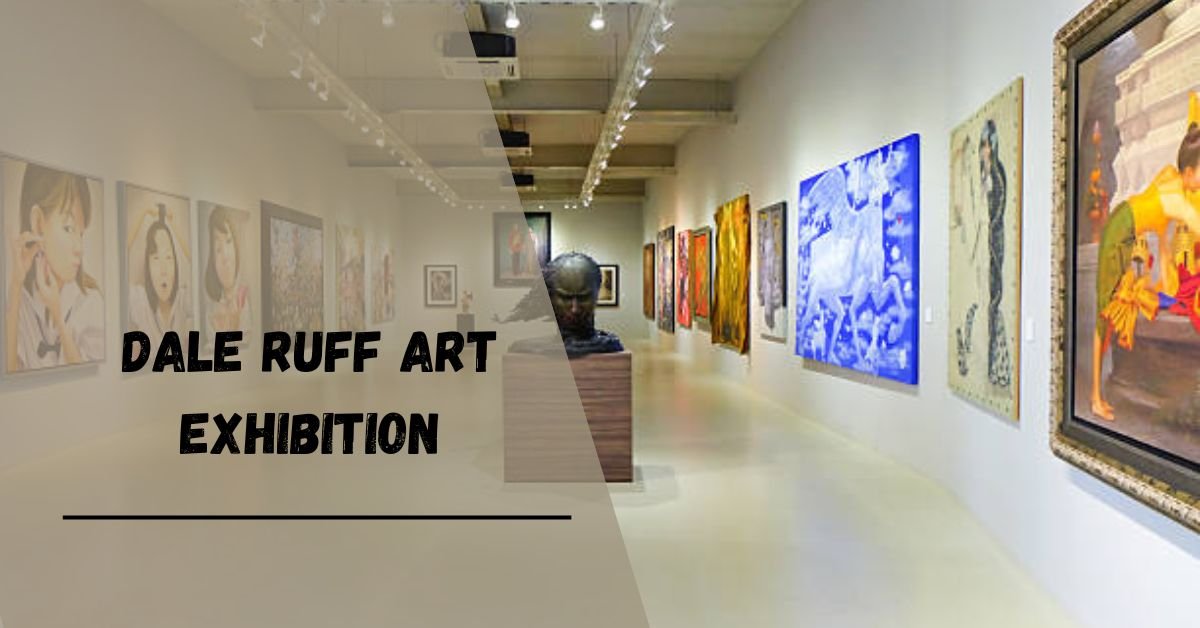I had the chance to watch a Mizukando performance and it was a fantastic experience. The dance was smooth and beautiful, with movements that made you feel like you were flowing with water. It was a special way to see and enjoy traditional Japanese art.
Mizukando is a traditional Japanese dance known for its graceful, water-inspired movements. It highlights Japan’s deep cultural connection with nature and is performed during festivals and cultural events, making it a vibrant part of Japanese heritage.
What is Mizukando?
Mizukando is a traditional Japanese dance known for its fluid and graceful movements. It is deeply rooted in Japan’s cultural and spiritual heritage, often performed during festivals and special cultural events. The name “mizukando” merges two Japanese words: “mizu,” which means water, and “kando,” referring to a type of dance or performance. This combination emphasizes the dance’s smooth, flowing characteristics, much like the movement of water.
What is the History and Culture Behind Mizukando?
Mizukando is a traditional Japanese dance with a long history. It started in ancient Japan when people used water-themed dances to symbolize cleansing and starting fresh.
Early Beginnings:
Long ago, Mizukando was part of Shinto rituals, a Japanese religion that honors nature and spirits. Water was seen as pure and powerful, so dances involving water were important for blessings and good luck.
Cultural Growth:
Over the centuries, Mizukando has taken on elements from local stories and customs, blending different cultural practices into the dance.
Festivals and Ceremonies:
People perform Mizukando at festivals and special ceremonies. These events celebrate changes in seasons or important cultural moments. The dance helps people connect with nature and their traditions.
Modern Day:
Mizukando is still enjoyed at festivals, helping to keep Japanese traditions alive and share them with new generations.
How Can We Use Mizukando in Daily Life?
While Mizukando is a specialized dance, its principles can be applied to daily life in meaningful ways. The graceful and fluid movements of Mizukando can inspire us to approach our routines with more mindfulness and calm. By incorporating similar movements into daily stretches or gentle exercises, we can improve our physical flexibility and reduce stress. Practicing slow, flowing movements like those in Mizukando can also help enhance our mental relaxation, making it easier to handle everyday challenges with a balanced and serene mindset.
What is the Purpose of Mizukando?
The primary purpose of Mizukando is to celebrate and preserve Japan’s cultural heritage. This traditional dance is more than just a performance; it is a way to express artistic traditions and keep old customs alive. Mizukando helps bring people together by showcasing graceful movements that represent the flow and purity of water. It also highlights the deep connection between Japanese culture and nature, symbolizing harmony and renewal. Through this dance, participants and audiences alike can appreciate the beauty of traditional Japanese art and its importance in community celebrations.
Why is Mizukando Popular in Japan?
Mizukando is popular in Japan because it beautifully connects with the country’s traditions and love for nature. This dance, with its graceful and flowing movements, reflects the Japanese appreciation for natural elements and spiritual harmony. It’s often performed during festivals and cultural events, where it adds a touch of elegance and history. People in Japan cherish Mizukando because it helps preserve their cultural heritage and brings communities together in celebration. Its artistic beauty and deep-rooted significance make it a beloved part of Japanese culture.
Frequently Asked Questions:
What Types of Music Accompany Mizukando?
Mizukando is usually accompanied by traditional Japanese music, which may include instruments like the shamisen or taiko drums. The music helps set the mood and complements the graceful movements of the dance.
Can Anyone Perform Mizukando?
While Mizukando is often performed by experienced dancers, beginners can also try it. Many cultural festivals and dance schools offer opportunities to learn and practice Mizukando.
What Do the Movements in Mizukando Represent?
The movements in Mizukando often mimic the flow of water, symbolizing purity and natural harmony. The graceful and smooth motions reflect the dance’s connection to water and nature.
How Can I Learn More About Mizukando?
To learn more about Mizukando, you can visit cultural festivals in Japan where it is performed. Local cultural centers or traditional dance schools may offer classes or workshops. Watching performances online or reading about Japanese traditional arts can also provide more insights.
Also Read: Tissariss – A Unique Art!
Conclusion:
Mizukando is a captivating dance that beautifully blends traditional Japanese artistry with the natural flow of water. Its graceful movements and cultural significance make it a cherished part of Japanese festivals and celebrations. Whether performed in grand events or local gatherings, Mizukando continues to inspire and connect people through its elegant expression of nature and heritage.





